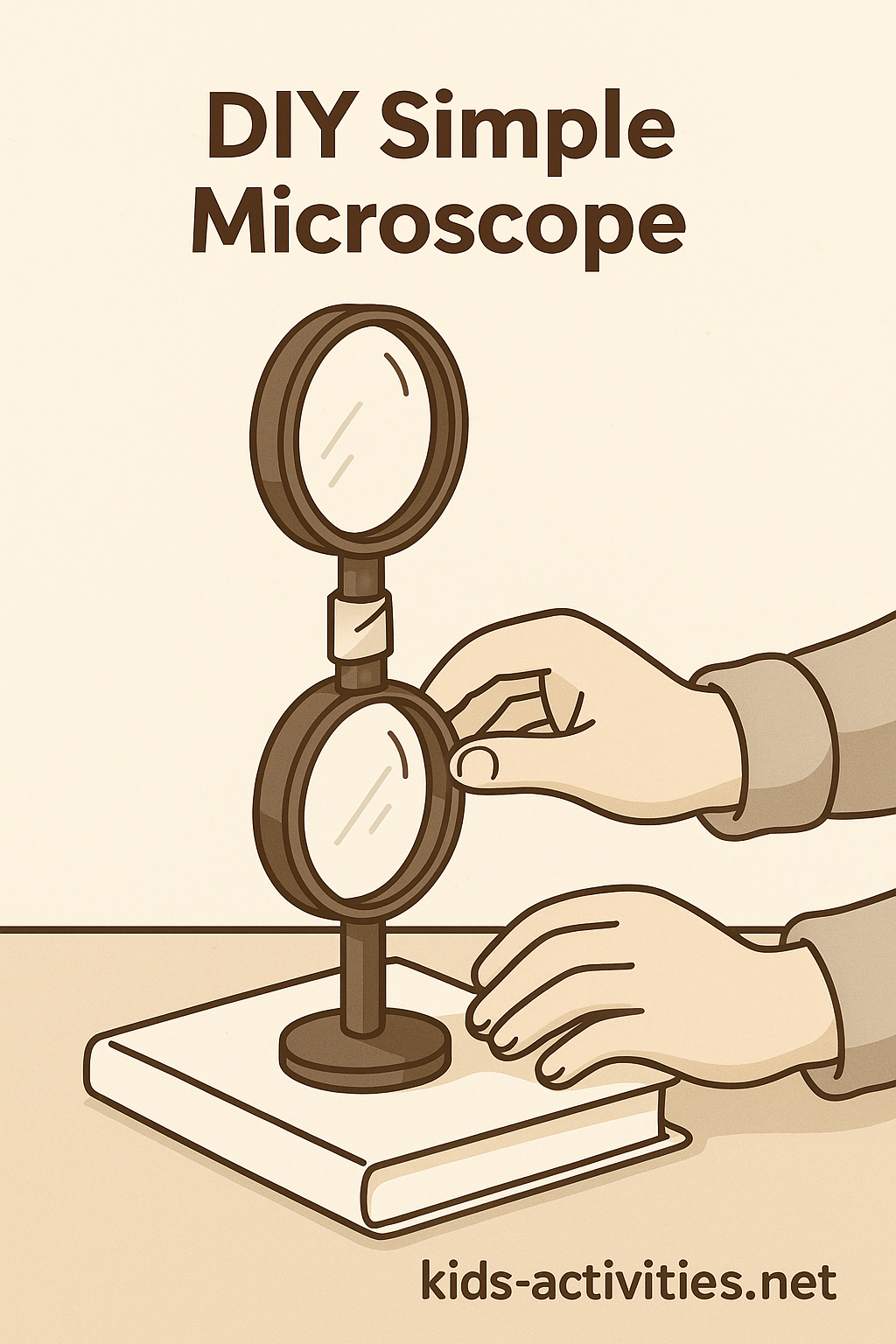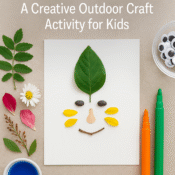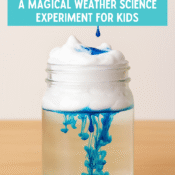
Microscopic Aquatic Life for Kids
Why Exploring Tiny Water Worlds Matters
To most of us, a puddle or a pond looks like nothing special — just still water on the ground. But to a child armed with a magnifying glass or a microscope, that same drop of water can open a gateway to a secret, bustling world.
Tiny aquatic organisms play a crucial role in our ecosystems:
- They form the base of many food chains.
- They help purify water by breaking down waste.
- They teach us that even the smallest creatures have important jobs in nature.
Yet, this invisible world often goes unnoticed.
Helping children discover it nurtures patience, curiosity, and a lifelong love for science.
Insert Main Featured Image here:
(Water drop showing aquatic microorganisms like rotifers and water fleas.)
The Hidden Science Inside a Drop
Microscopic aquatic life is far more diverse than you might imagine.
Even a teaspoon of pond water can be home to hundreds — or thousands — of tiny living beings.
Key Organisms Found in Pond Water:
- Algae: Tiny green plants that produce oxygen.
- Protozoa: Single-celled creatures like paramecia and amoebas.
- Rotifers: Tiny animals with spinning cilia that look like little wheels.
- Water fleas (Daphnia): Tiny crustaceans that move with quick, jerky motions.
- Insect Larvae: Many aquatic insects start life in water before transforming into adults.
Science Concepts Children Can Explore:
- Ecosystem Interdependence: How tiny creatures support larger food webs.
- Adaptations: How microscopic organisms survive in various conditions.
- Biodiversity and Health: A healthy pond usually has lots of different microscopic species.
Hands-On Adventure: Finding Life in Pond Water
Nothing beats real exploration!
Here’s how to turn a simple walk to the nearest pond or puddle into a fascinating scientific expedition.
Collecting Pond or Muddy Water Samples

Materials:
- Clean plastic containers with lids
- A net or small strainer
- Labels and markers
- Gloves (optional)
Instructions:
- Visit a nearby pond, stream, or even a large puddle.
- Collect water near floating plants, decaying leaves, or muddy edges — these areas are rich in life.
- Scoop gently with the container or strain debris into it.
- Label each sample with the date and location.
- Store samples away from direct sunlight if you’re not observing immediately.
Safety Tip:
Always wash hands after collecting samples.
Observing Microscopic Life Under a Microscope

Materials:
- Basic microscope or strong magnifying glass
- Glass slides and coverslips
- Pipette or dropper
- Notebook for sketches
Instructions:
- Use a pipette to place a drop of sample water on a slide.
- Carefully lower a coverslip on top.
- Start observing at low magnification, then zoom in slowly.
- Move the slide slightly to find different organisms.
Observation Challenges:
- Sketch three different shapes of organisms you find.
- Which organisms move the fastest?
- Which are easiest to spot?
Young Explorers
For those who want even more water adventures at home, here are two simple but powerful follow-up activities:
DIY Simple Microscope

Materials:
- Two magnifying glasses
- Tape
- A small stand or books to hold them
Instructions:
- Tape one magnifying glass above the other at a fixed distance.
- Place your water drop between them.
- Adjust the distance until the image sharpens.
Learning Point:
Even simple tools can reveal hidden worlds if we look closely!
Create a Mini Water Eco-Bottle

Materials:
- Clean clear jar with lid
- Collected pond water (with mud and small plants)
- Optional: tiny snails or small aquatic insects
Instructions:
- Fill the jar with pond water, mud, and plants.
- Add a tiny snail or small crustacean if found.
- Seal loosely (allow a little air exchange).
- Place near indirect light and observe over weeks.
Learning Point:
Micro-ecosystems can survive independently if balanced properly!
Downloadable Resources:
Ready to dive deeper into your water drop exploration?
Download our complete printable kit to continue your discovery journey at home or in the classroom!
🔹 Download the Water Drop Activities Complete Guide (PDF)
What’s inside:
- Pond Water Observation Sketch Sheet
- DIY Simple Microscope Instructions
- Mini Water Eco-Bottle Setup Guide
Visit our kids-activities.net for even more hands-on STEM activities!




